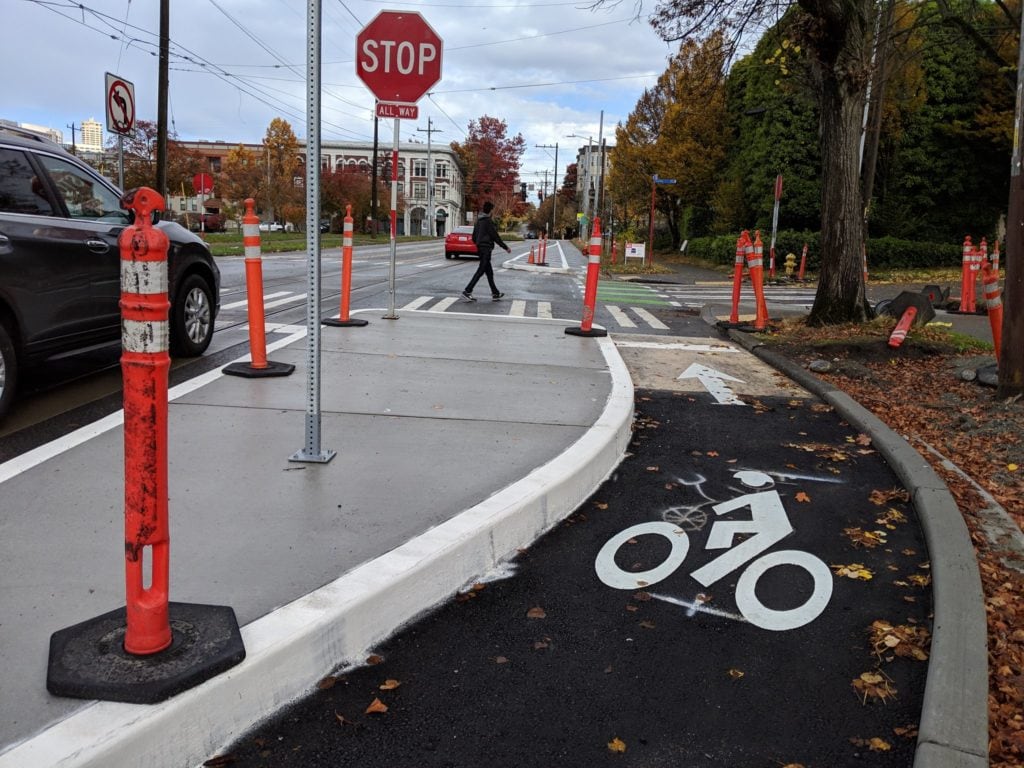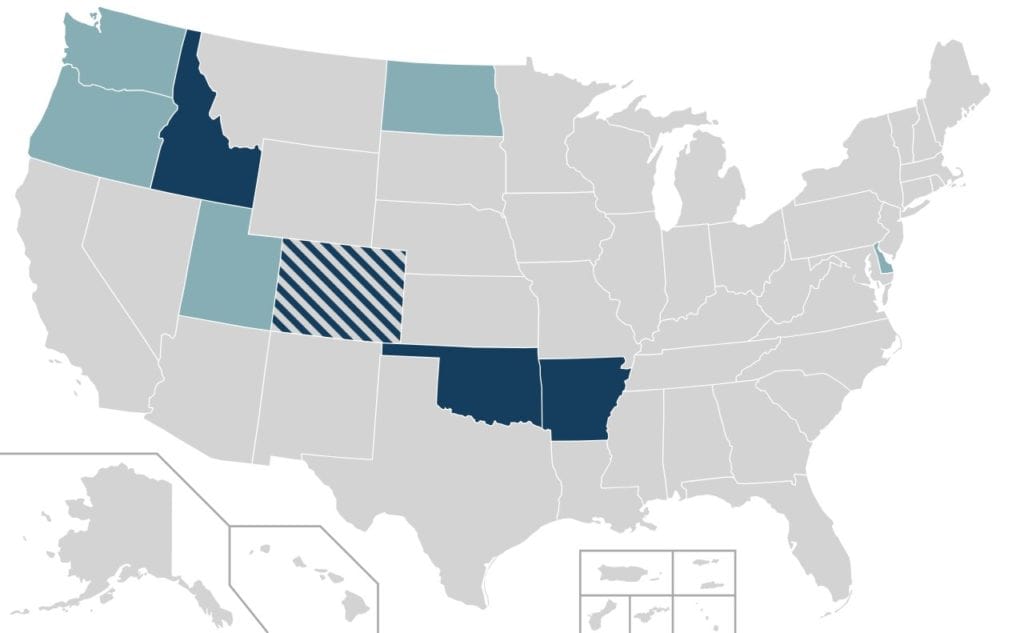Welcoming the Safety Stop to DC

Back in February, DC Councilmember Mary Cheh introduced the Safer Intersections Amendment Act of 2022. Among other safety changes involving pedestrians, the bill would also legalize a set of practices known variously as the safety stop, Delaware Yield or, most famously, the Idaho Stop.
The safety stop or Idaho Stop—named after the first state to adopt such a law in 1982—allows those on bicycles, e-bikes, scooters, or other personal mobility devices to treat red lights as stop signs and treat stop signs as yield signs. As it currently stands, bicyclists are required to follow the same road rules as cars. They must come to a complete stop before proceeding at stop signs and must wait for a green light at traffic signal intersections.
Opponents of the safety stop often make the argument that bicyclists should follow the same road laws as everyone else. However, this argument doesn’t proceed in a good faith recognition of the meaningful differences between a bike and a car.
The rationale for allowing safety stops is, perhaps counterintuitively, safety. Intersections are particularly dangerous for bicyclists, with 54.5% of injuries occurring at intersections according to the National Highway Traffic Safety Administration. Bicyclists are at risk of being rear-ended when stationary, ‘right hooked’ by turning vehicles, or sideswiped by vehicles accelerating past them after a stop. Bicyclists alone at an intersection may also fail to trigger underground road sensors that tell traffic signals when to turn, resulting in long delays. The safety stop enables bicyclists to move more quickly through an intersection while getting out ahead of traffic, increasing their visibility, and reducing their exposure to traffic.
Efficiency and comfort also play a role, as slowing rather than full stopping allows bicyclists and other riders to maintain momentum. Riders conserve energy, making bicycling a faster and more convenient mode of transportation, which in turn may encourage further ridership. It is also an acknowledgement that riders with their higher, unimpeded view atop a bicycle are not the same as drivers ensconced within a vehicle and thus better able to quickly assess the safety of an intersection. This video helpfully illustrates the principles behind the safety stop.
Lastly, legalizing the safety stop has important racial justice ramifications. While the safety stop is already the norm for many bicyclists—only 1 in 25 report fully stopping at all stop signs—it is still grounds for a traffic citation. The rare and selective enforcement of rolling through a stop sign enables the law to be wielded in racially disparate ways. A 2015 Tampa Police Department report revealed that 73% of bicycle stops involved Black bicyclists, in a city that is only 26% Black. In Seattle, Black bicyclists were cited for helmet infractions 4 times as often as White bicyclists, prompting backlash and repeal of the longstanding law this year. Removing one potential pretext for police interaction will make for safer and more welcoming streets for our city’s Black bicyclists.

It is important to note that the safety or Idaho Stop does NOT allow bicyclists and others to ignore traffic conditions. At a stop sign, bicyclists must still yield the right of way to pedestrians and cars in or about to enter the intersection. And at a red light, bicyclists may only proceed when the intersection is clear and it is safe to do so. Dangerous and careless behavior is still grounds for citation.Early research backs up the safety claim. A 2010 UC Berkeley study found that bicycle injuries declined 14.5% the year after adoption of safety stop laws. Additionally, Idaho is no longer an outlier in regards to amending traffic laws to better cohere with the experiences of bicyclists. In the last 5 years, a diverse collection of 8 states—Delaware (2017), Colorado (2019), Arkansas (2019), Oregon (2019), Washington (2020), Utah (2021), North Dakota (2021), and Oklahoma (2021)—have adopted bicycle safety stop measures with California also considering adoption in 2022.
You must be logged in to post a comment.